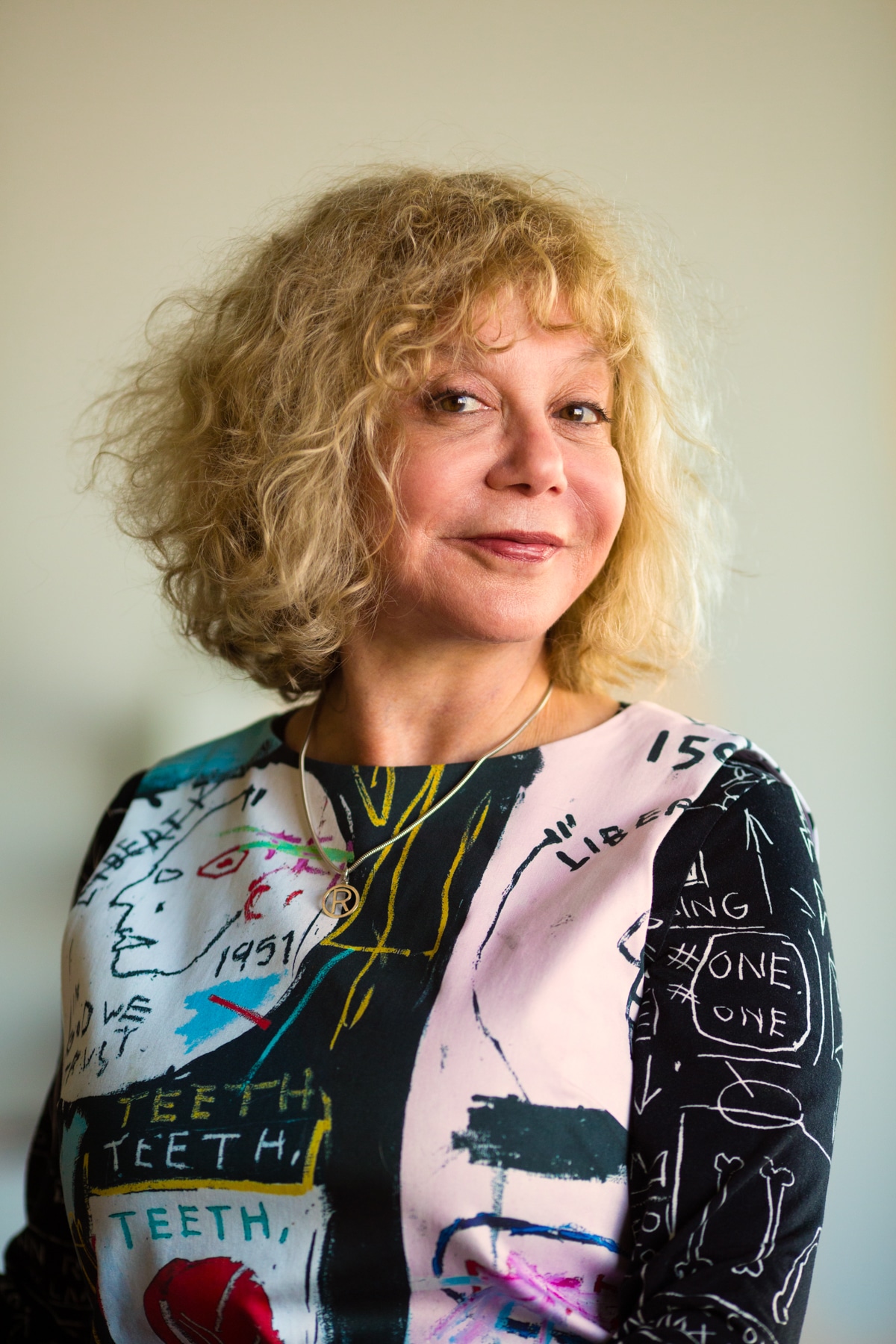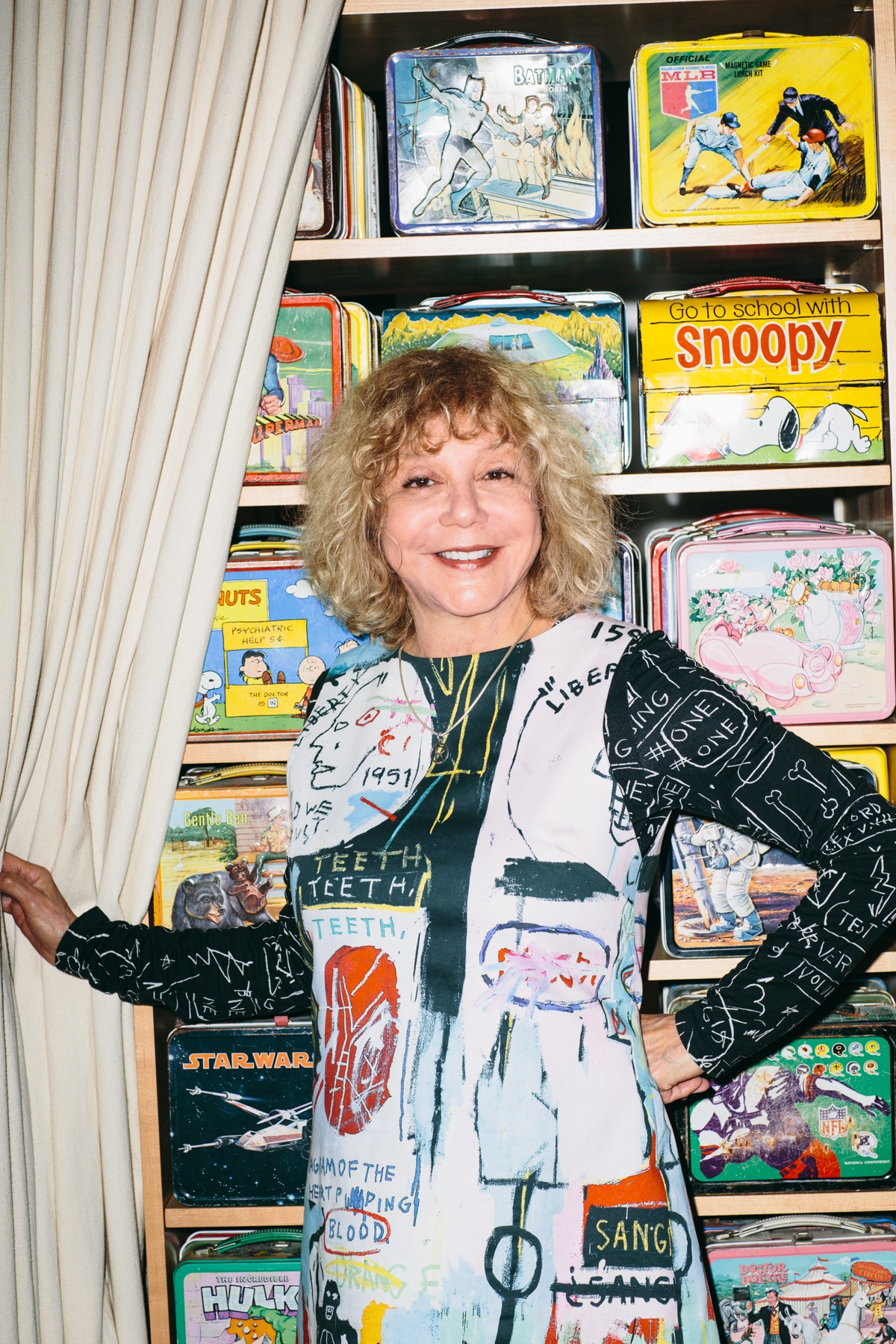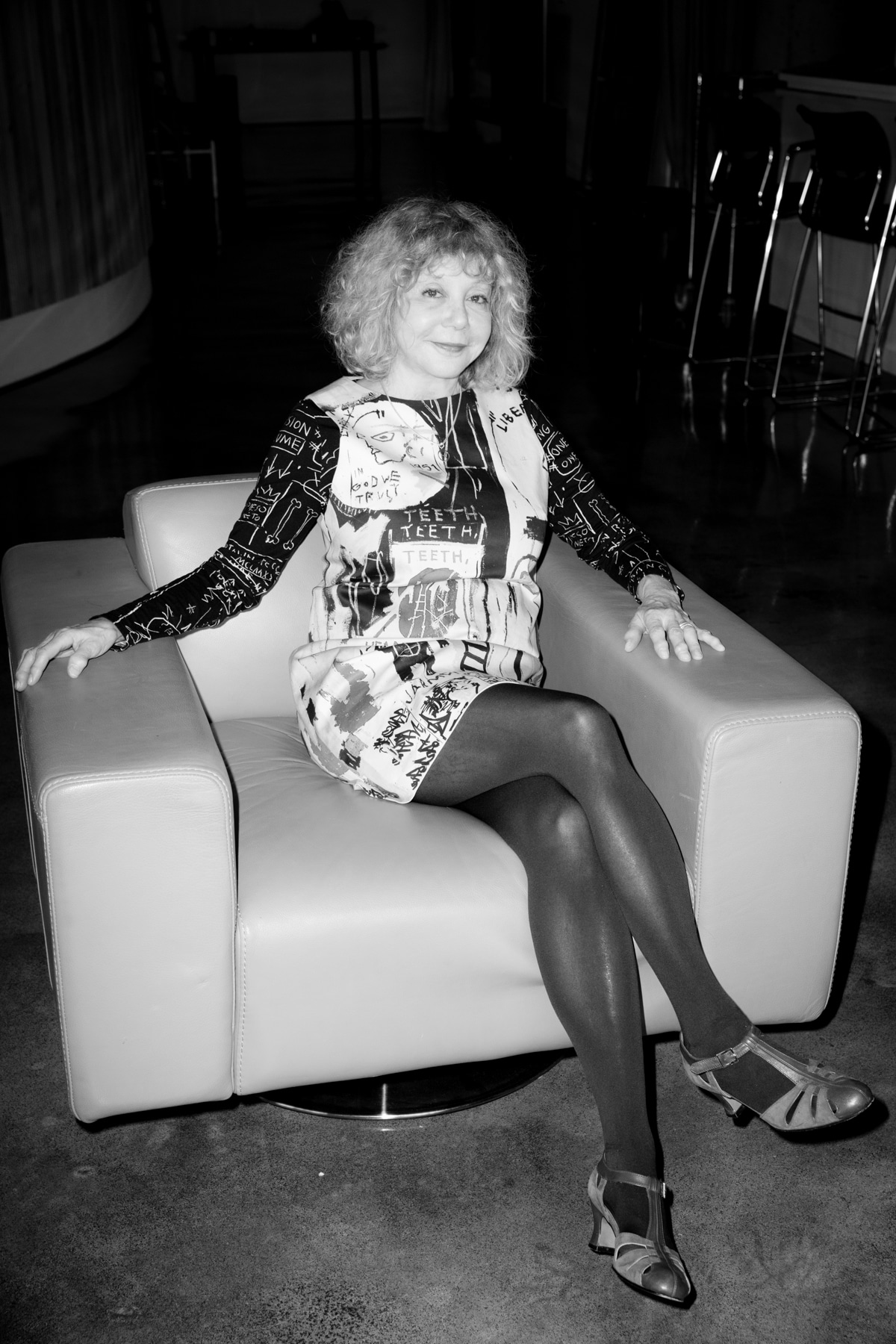When the Los Angeles County Bar Association came up with the logo for its Senior Lawyers Section, the dinosaur divided members into two camps. There were those who believed the logo’s image was a playful way for members of the group to poke fun at themselves. But others were offended by the symbolism of using an animal that has been extinct for 65 million years to represent the 1,100 members — all lawyers with more than 25 years of experience who are over the age of 55.
Leading the charge to do away with the dinosaur was Jane Shay Wald, who recoiled when she first saw the group’s newsletter bearing the trademarked logo. “With a start, I realized I’d felt this before — the sense of being a non-minority, yet marginalized, and even self-marginalized by society,” Wald told Women Lawyers Association of Los Angeles.
She believed the use of the the dinosaur was no better than if they had used a a mini-skirted cheerleader with enormous breasts to symbolize the Bar Association’s Women Lawyers section. “I am senior, hear me roar. I’m no f***ing dinosaur,” Wald said, playing off Helen Reddy’s feminist anthem.
So Wald, a partner emeritus at Irell & Manella who heads up the firm’s trademark practice, used federal trademark law to fight it. She cited the Lanham Act, which prohibited registration of trademarks that may “disparage” any “persons, living or dead, institutions, beliefs, or national symbols.” It is the same clause used to fight the use of the name “Redskins” by the NFL’s Washington team.
We’ll get back to the fate of the Bar Association’s Apatosaurus logo a little later.
“Infringement Sucks”
But it’s very clear after talking with Wald that a dinosaur most definitely does not describe this woman, whose feisty spirit, keen intelligence and perseverance have led to success and relevance throughout her 72 years, both personally and professionally.
On any given day, you might find her dressed in jeans with an “Infringement Sucks” T-shirt (a nod to her day job) or a T-shirt from her old rock concert days. When we visited, she wore a colorful Jean-Michel Basquiat dress with black tights and scarlet strappy heels.

Always Time for a Rhyme
She is funny and eloquent, writing many of her emails as rhymes, including this recent example:
The Lanham Act has many rules
And one does not
Confer a registration’s jewels
On trademark words for pot
No brand for vaping dope, no bong
No product used by Cheech or Chong
Yet applicants keep getting wrong
The law on this — a lot!
The feds still ban each leaf and joint
But applicants just miss the point!
They argue that so many states
Allow the sale of weed
And thus their registration fates
Are covered, stem and seed
They try to hide what they are claiming
“Herbs,” perhaps they state
They file appeals, they’re mad and blaming
But they’ll have to wait
Until the feds bless sales of dope
The PTO holds out no hope
So file away, the answer’s NOPE
No matter how inflaming
Wald grew up in the Chicago suburbs surrounded by creativity. She is the daughter of internationally acclaimed photographer Art Shay — who chronicled the famous and powerful, including nine presidents — and Florence Shay, an antiquarian book dealer.
Like many of her peers growing up in the 1960s, she didn’t follow the most linear of paths, She was briefly married to Jay Lynch, a cartoonist who played a key role in the underground comix movement with his Bijou Funnies and is best known for his comic strip Nard n’ Pat. Wald is the godmother of American cartoonist R. Crumb’s nephew Avery Colorado Pahls, and calls him the closest thing she has to a son.
Sexism in the Law
By the time she graduated from the DePaul University College of Law, she was divorced and ready to become a trademark and copyright lawyer. But finding a job wasn’t easy for women at the time.
At the time, she says it wasn’t illegal in Illinois to ask a woman applying for her first law job whether her husband would let her work when it was time to fix dinner. She recalls interviewing at some law firms where she was told, “Honey, you have a great resume, and you seem like a bright gal, and if it were up to me, I’d give you a chance, but my wife would kill me if I hired a lady lawyer.”
Esther Kegan, Illinois’ first female patent attorney and one of the first in the country, gave Wald her first break. Kegan, who became an internationally respected attorney during an era when female lawyers were rare, ran a boutique firm of all female lawyers. “At the time, the idea of having law firms run by women was very unusual,” says Wald.
Early Interest in Intellectual Property
Intellectual property law attracted Wald from a young age. When people used her father’s photos without permission, she learned about the importance of protecting your sole right to publish and sell the work you create. “I was a little more sensitive to the issue than your typical kid.”
At the age of 10, Wald wrote a handmade book for her little sister. On the cover page she wrote: “Copyright 1957. This book may not be copied in any way without permission from the author.”
Wald was named one of the best trademark attorneys in California by World Trademark Review. Over the years, she fought for a bear called Snuffles and a dog called Muttsy on behalf of stuffed animal company Gund. She protected a footware company’s right to use certain designs and licensed the names of cartoon characters for motion picture studios.
Coast-to-Coast Success
Wald has excelled at firms from Chicago to Los Angeles, thanks to her ability to bring in business. When she moved from Chicago to New York in the early 1980s with second husband Eliot Wald — a Chicago film and TV critic who got a job writing for Saturday Night Live — she took a job with a New York firm and was made partner. “It was unusual for women to become partners at that time,” she says.
She moved to Los Angeles in 1994 when Eliot began writing for movies and television. Wald joined the large multinational firm Oppenheimer Wolff & Donnelly and became the chair of its trademark practice group for the whole country. She joined Irell & Manella in 2000 as the firm’s trademark practice chair, a position she still holds.
“I love it just as much as I always did,” she says of intellectual property law. “There are enough changes in the law that it still stays very interesting and fresh. I’m always learning about a new industry.”
Lifelong Learning
Recently, she got a lesson into the intricacies of distilling whiskey from client Fawn Weaver. Weaver, a best-selling author, learned that Tennessee slave Nearest Green taught Jack Daniel how to make whiskey. Two years ago, Weaver created Uncle Nearest 1856 to honor the original master distiller. She’s also working on a book, and possibly a movie, about Green.
“It’s just a pleasure to work with a female entrepreneur and to watch her grow that brand,” Wald says of Weaver. “I love being a part of that, even in my small trademark way. Trademark law applies the same way to the whiskey business as it does for motion pictures or shoes. You’re always learning something about the unique way your client does their business.”
Reveling in the Law
To stay on top of things, she has hosted a weekly one-hour seminar for the past 18 years in which associates are invited to talk about trademarks and copyrights. Although she teaches the seminar, she is always learning about a new aspect of trademark and copyright law she hadn’t thought of.
One junior associate recently told Wald that she appreciated what she had given her. “She told me she revels in the law. She said she didn’t do that in law school. I realized that I revel in the law too. The day I stop reveling is the day I go home and don’t come back.”
She is less enthusiastic about her firm’s mandatory retirement age for partners of 65. She says she knew about the policy when she joined, and as emeritus partner, she now can pick and choose her cases. But she believes the policy is “laughably outdated.”
“[At 65] I was as vibrant and capable of contributing as I ever was,” she says. “It’s a rule that doesn’t make sense in contemporary times.”
‘You Go, Girl!’
Although her work has always been an important and gratifying part of her life, Wald has always managed to find balance in her life.
When Eliot died of cancer in 2003 after 23 years of marriage, she initially had no interest in getting back into the dating scene. “I just felt like that part of my life was over.” But 10 years ago, she says she was ready for a relationship.
What she didn’t expect was the reaction of her younger co-workers, who seemed fascinated, and a little horrified, by the idea of an older woman entering the dating scene — and having sex. “Younger women in the office would say things like ‘You go, girl!’ This idea that someone my age could have a romantic life was ludicrous to some people.”
She met her current husband, Charles Kreuter, in 2012 on J-Date and they married after a year of dating. Kreuter is retired from the criminal justice system, where he had worked as a psychologist.
The couple recently moved from a 4,700-square-foot home in the Hollywood Hills to a loft in a 100-unit co-op in downtown Los Angeles. The loft brings back positive memories of the loft she shared with her late husband Eliot in SoHo in the 1980s. “I have a sense of community in this loft building that I never had in the Hollywood Hills,” says Wald.

Lunchbox Afficionado
The loft is a great place to showcase part of her lunchbox collection, which numbers more than 400. She began collecting in 1972 when her mother found a Tom Corbett Space Cadet lunchbox at an estate sale while evaluating rare books for her shop. “She thought I might find it interesting and that’s all it took,” says Wald .”They present a remarkable overview into the history of contemporary American media culture.”
She bought them for pocket change at garage sales and thrift stores before they became hot collectibles. She has her favorites, for different reasons: Eliot bought the Trigger lunchbox for her in 1979 — one she had searched for but couldn’t find at a reasonable price. She has a “Yellow Submarine” lunchbox autographed by Ringo Starr when he guest hosted SNL while Eliot was a writer there. She also has some that were created as props for TV shows and movies, including Tess McGill’s (played by actress Melanie Griffith) lunchbox from “Working Girl,” and the lunchbox that Rose Shelton (played by Lily Tomlin) carries in “Big Business.” Eliot even wrote a lunchbox into a movie especially for her (“Dunston Checks In”), which she has in her collection as well.
“Charles feels like 150 lunchboxes make a nice statement,” she says of the collection at the loft. “Any more than that, and the home would be taken over by lunchboxes. Part of love is compromise.”

Wald vs the Dinosaur
So what became of Wald’s lawsuit to do away with the dinosaur?
Simon Tam, a member of a band named “The Slants,” chose the name to re-appropriate a slur that targets East Asians. He applied for trademark registration, but the name was rejected under the disparagement clause because it disparaged people of Asian descent. The U.S. Supreme Court last year ruled in Matal vs. Tam that the federal government’s ban on offensive trademark registrations violates the First Amendment.
So the dinosaur lived on (the L.A. Bar Association maintains an active trademark for it). But without Wald as a member.
“I certainly wouldn’t join,” says Wald, who was told by the group’s leadership that she had no sense of humor. “There’s a certain amount of self loathing about identifying yourself as a dinosaur. It says you’re extinct, that you’re not useful anymore. We can certainly find a better role model for ourselves than the dinosaur.”
LEAVE A REPLY
The ideas expressed here are solely the opinions of the author and are not researched or verified by AGEIST LLC, or anyone associated with AGEIST LLC. This material should not be construed as medical advice or recommendation, it is for informational use only. We encourage all readers to discuss with your qualified practitioners the relevance of the application of any of these ideas to your life. The recommendations contained herein are not intended to diagnose, treat, cure or prevent any disease. You should always consult your physician or other qualified health provider before starting any new treatment or stopping any treatment that has been prescribed for you by your physician or other qualified health provider. Please call your doctor or 911 immediately if you think you may have a medical or psychiatric emergency.
AUTHOR

We will never sell or give your email to others. Get special info on Diet, Exercise, Sleep and Longevity.

Love it.
Is it still Friday the Thirteenth in California?
Still do not have the hang of Twits. Love
Freethinker VintageCarole
Love it!
People with an awful sense of humor are often telling people who know what really is funny that they have no sense of humor. Maybe she should start her own group and use a symbol that focuses on the strength of older people. Our whole society could use a symbol of older people that does that, since our whole society tends to dehumanize people after a certain age.